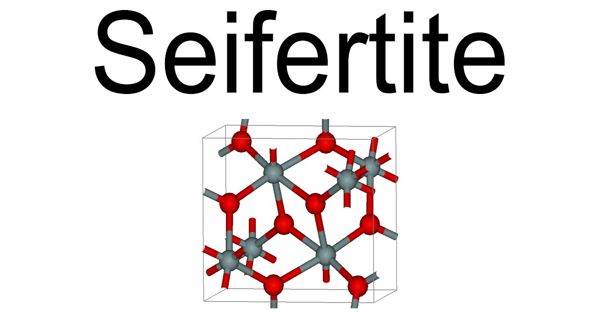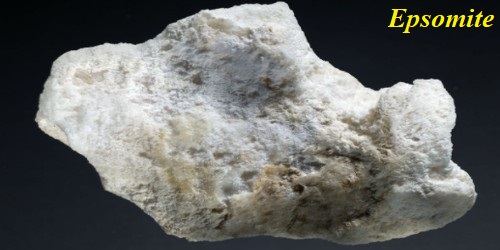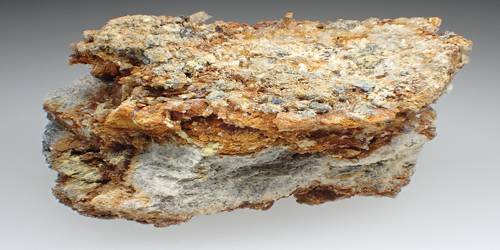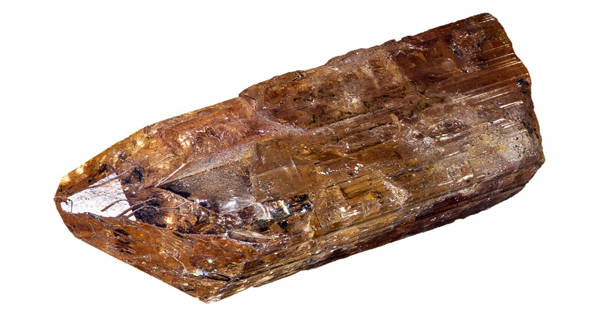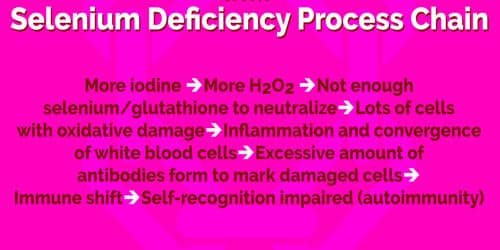Seifertite is an orthorhombic mineral containing oxygen and silicon. It is a silicate mineral with the formula SiO2 and is one of the densest polymorphs of silica. It is a dense orthorhombic polymorph of silica from the Martian meteorites Shergotty and Zagami. However, the stable crystal structure in the lower mantle and properties of dense silica remains controversial. Seifertite has been found on the surface of the Earth in meteorites of Martian and lunar origin estimated peak shock pressures.
It has only been found in Martian and lunar meteorites, where it is presumably formed from either tridymite or cristobalite – other polymorphs of quartz – as a result of heating during the atmospheric re-entry and impact to the Earth, at an estimated minimal pressure of 35 GPa. It is inferred that seifertite was formed by shock-induced solid-state transformation of either tridymite or cristobalite on Mars at an estimated minimum equilibrium shock pressure in excess of 35 GPa. It can also be produced in the laboratory by compressing cristobalite in a diamond anvil cell to pressures above 40 GPa. Stable only above pressures of 780 kilobars, so it could theoretically also form in the Earth’s mantle at depths over 1,700 km, if any free silica is present.

The mineral is named after Friedrich Seifert (born 1941), the founder of the Bayerisches Geoinstitut at the University of Bayreuth, Germany, and is officially recognized by the International Mineralogical Association. It is a dense orthorhombic polymorph of silica with the scrutinyite (α-PbO2) type structure that was found as lamellae occurring together with dense silica glass lamellae in composite silica grains in the heavily shocked Martian meteorite Shergotty.
Seifertite has also been found in the Martian shergottite Zagami and is a minor constituent in other Martian shergottites. Seifertite forms micrometre-sized crystalline lamellae embedded into a glassy SiO2 matrix. The greater molar volume of seifertite found in the shergottite meteorite and a previous experiment supports a metastable synthesis of the phase outside its stability field.
Seifertite is an important mineral for both understanding the lower mantle of the Earth and is perplexing for its appearance far outside the stability field in SNC‐type and lunar meteorites. The lamellae are rather difficult to analyze, as they vitrify within seconds under laser or electron beams used for standard Raman spectroscopy or electron-beam microanalysis, even at much-reduced beam intensities. The high-pressure minerals, seifertite, stishovite, and coesite, though, have higher densities and indices of refraction than quartz.
Information Source:
